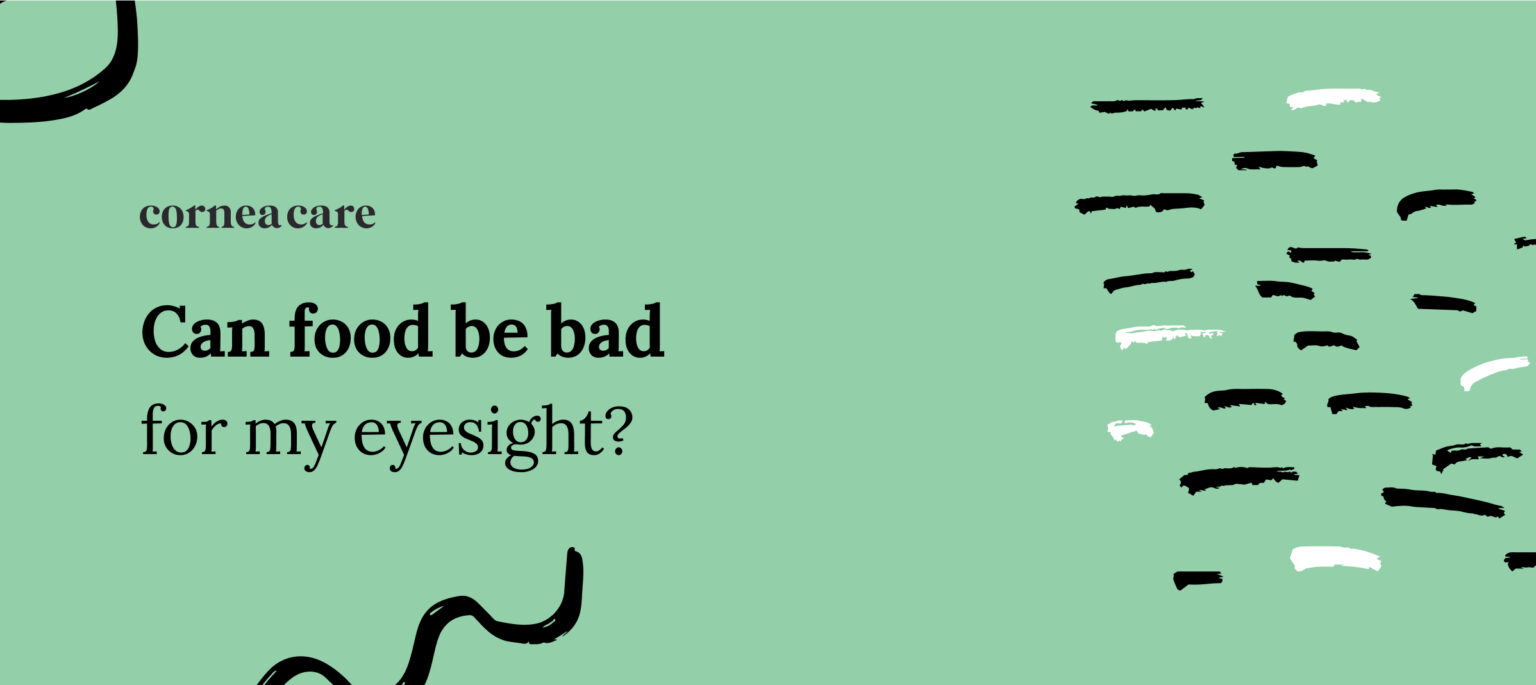What are the worst foods for eyesight?
You’re likely aware that what you put into your body affects your overall health and well-being. The same goes for your eyes. Diet and nutrition significantly impact the health of our eyes. The worst foods for eyesight are actually common foods that should be limited or avoided for optimal health, and you’ll probably feel much better without them in your diet!
At CorneaCare, we encourage lifestyle modifications as part of your overall eye health and wellness strategy. One of the easiest places to start could be with food!
Key points
- What you eat can make a difference in how your eyes feel and possibly prevent eye problems like age-related macular degeneration, cataracts and dry eye disease.
- The worst foods for eyesight are highly inflammatory and contribute to age-related eye conditions.
- You can make simple nutritional swaps to improve the health of your eyes and your physical health overall.
Why Good Nutrition is Essential for Eye Health
First, let’s understand why nutrition is essential to eye health and wellness. When it comes to good eye health, a strong diet should consist of the nutrients lutein and zeaxanthin, vitamin C, vitamin E, omega-3 fatty acids, and zinc.¹
Lutein and zeaxanthin are carotenoids (nutrients) with high antioxidant properties. They typically appear in richly colored foods like dark leafy greens and some fruits like tangerines. Increasing the amount of lutein and zeaxanthin in the diet has been shown to decrease the risk of age-related macular degeneration (AMD), a serious eye condition that can lead to blindness.²
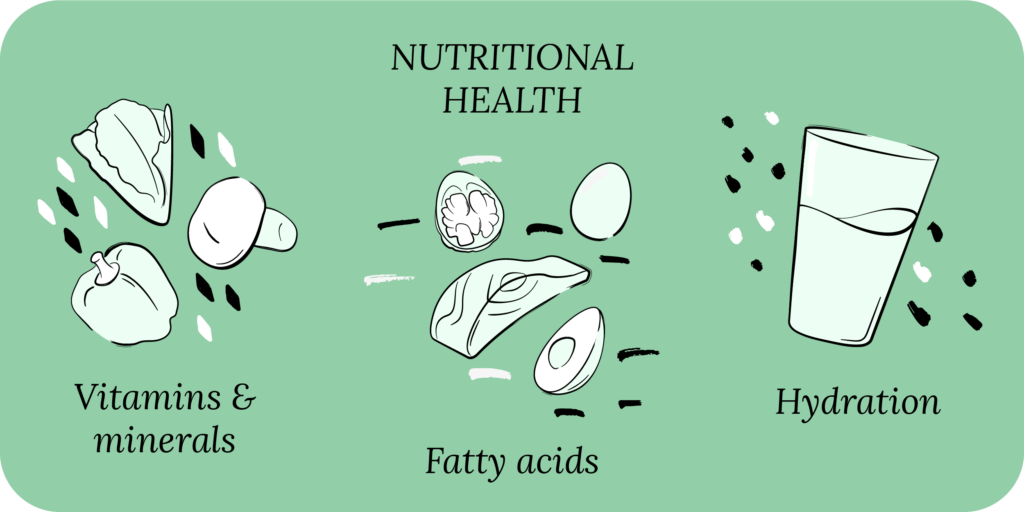
Vitamins C and E are important to include in any diet aimed to improve eyesight. Vitamin C (found in citrus fruits, bell peppers, and tomatoes) may help lower the risk of developing cataracts (an age-related eye disorder that causes blurry vision). Vitamin E helps protect the eyes’ cells from free radicals, which age healthy tissue in the eye. You can find vitamin E in nuts, sweet potatoes, pumpkin, and leafy green vegetables.¹
A diet high in omega-3 fatty acids has many benefits for the body overall. When it comes to eye health, omega-3 fatty acids, like those found in wild-caught salmon and tuna, help reduce inflammation and enhance tear-film stability. Getting adequate amounts of essential fatty acids can greatly improve dry eye disease symptoms.³
Zinc is an immune-boosting mineral that’s also beneficial in preventing vision problems like poor night vision, AMD, and cataracts. Found in red meat, nuts and seeds, zinc helps bring vitamin A from the liver to the retina to produce melanin, a protective pigment found in the eyes.¹
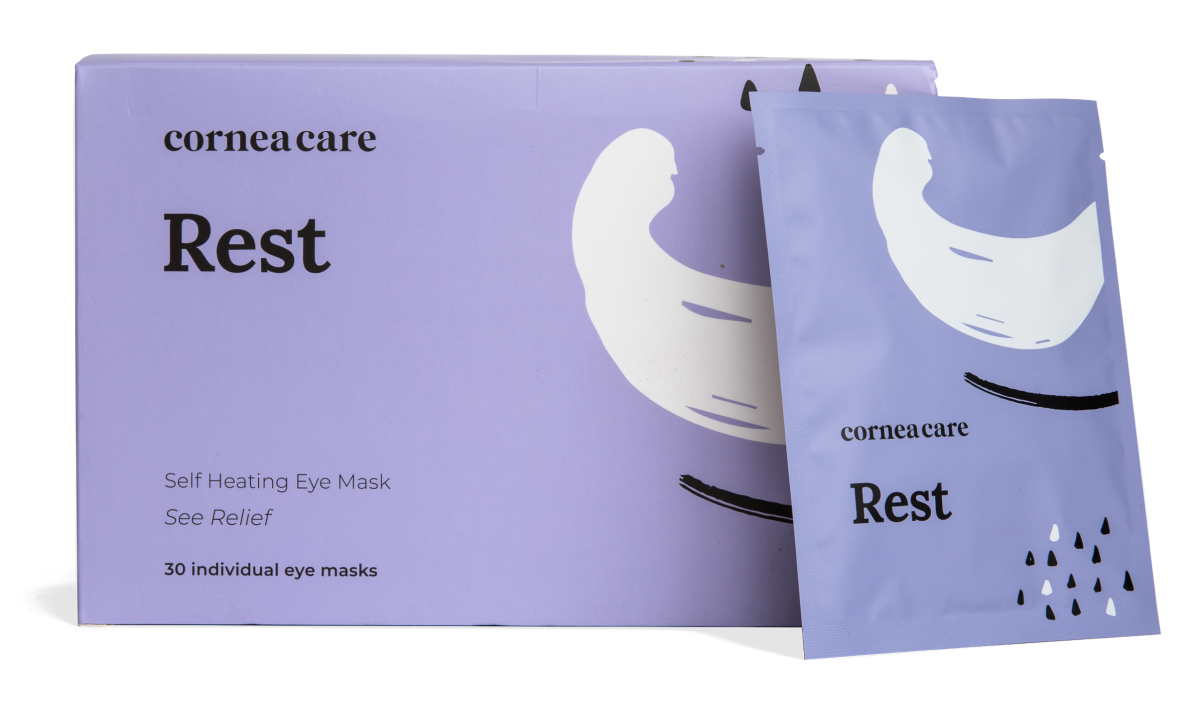
Rest
Warm Compresses
Perfect for eye dryness, fatigue, tearing, and puffiness of the eyelids. Free shipping 📦.
Try today - $30
The Three Worst Foods for Eyesight
Now that you know some of the best foods to include in your healthy eye diet, let’s look at what foods to reduce or avoid.
In general, any foods that cause inflammation can negatively impact your eyesight (and overall health). Inflammation prevents healing and can lead to a host of health problems. These include, heart disease, diabetes, asthma, cancer, arthritis and Alzheimer’s disease.⁴ These chronic conditions can also lead to problems with your eyesight.
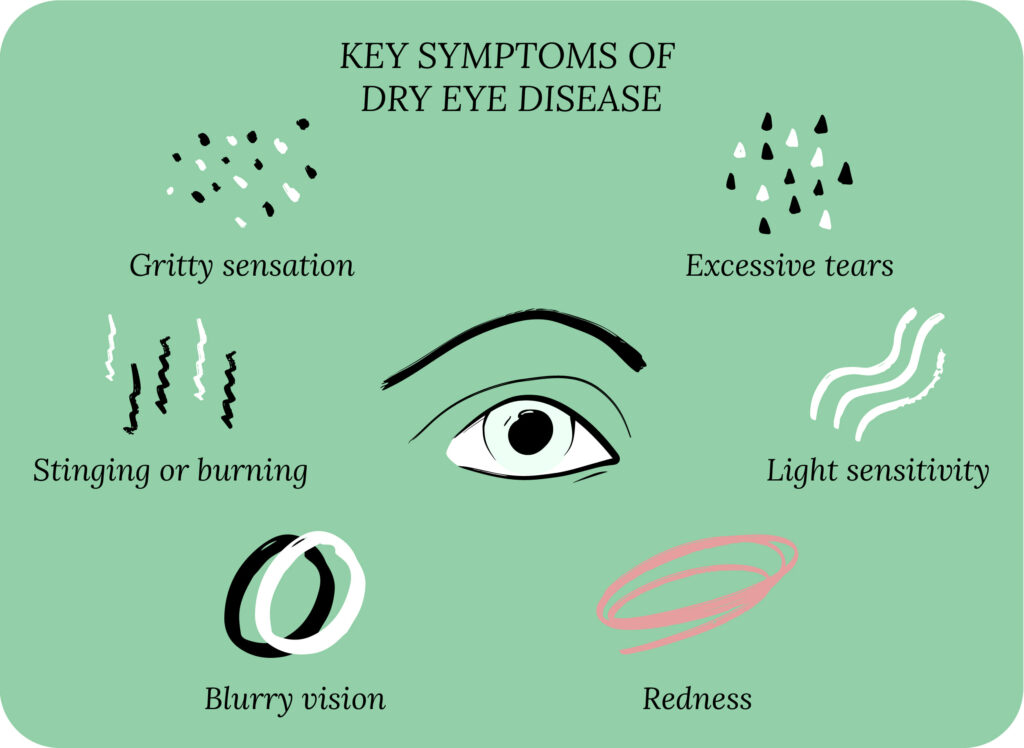
Let’s cover some common inflammatory foods and ingredients so that you understand their effect on eye health.
Fried foods
You’ll be hard-pressed to find an article touting the benefits of eating fried foods. Foods fried in unhealthy fats like trans fats aid in developing age-related eye diseases such as AMD.
A recent study linked the consumption of trans fats, particularly polyunsaturated fats, to the development of AMD in a group of women (ages 50-79) over multiple years. Even when anti-inflammatory omega-3s were added, their benefits were diminished by the prevalence of trans fats in their diet.⁵
We’re not suggesting you never eat french fries again. But removing fried foods from your everyday meal choices is a great way to start protecting your eyes. You can try switching to air-fried food at home. Air-frying gives you the same crunch you get with fried foods without the harmful oils.
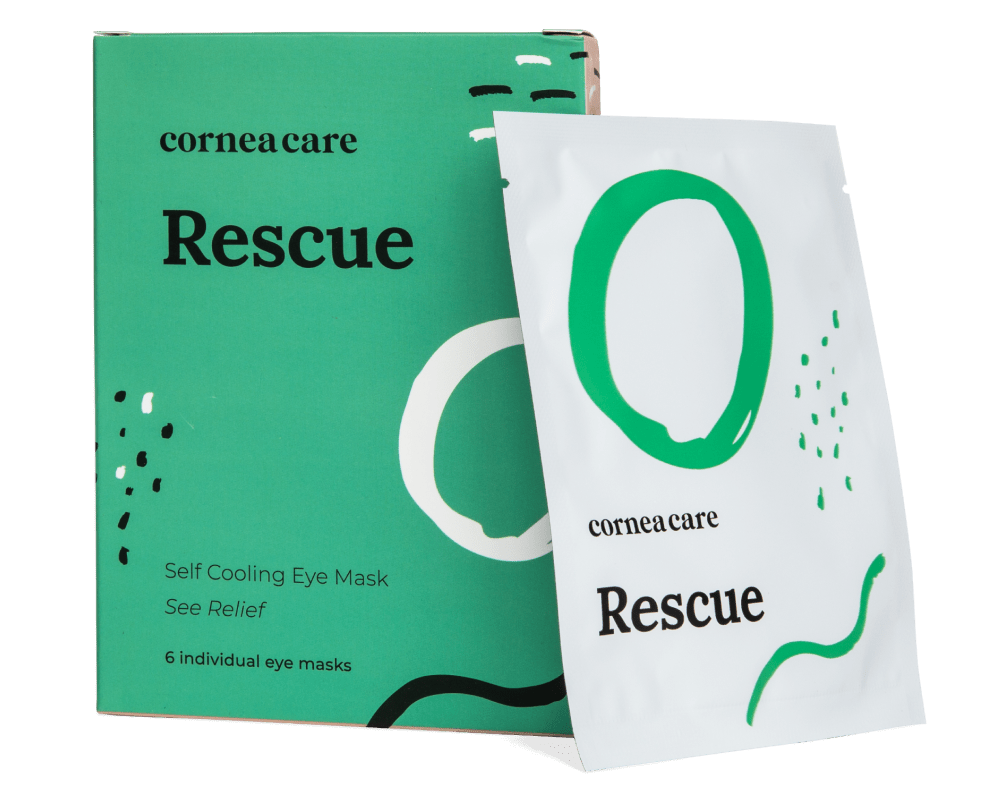
Rescue
Cold Compresses
Perfect for sudden flare-ups of eye dryness, pain, burning, and swollen/inflamed eyelids. Free shipping 📦.
Try today - $12
Processed foods
In today’s modern world, many of us seek convenience when necessary. We get it, we live in a busy world and there’s only so much time in the day. We jump in our car, order our coffee ahead of time on an app, and grab quick, packaged meals to eat on the run. Unfortunately, our health (and wallets) pay the price when consuming processed foods.
Processed foods, like traditional junk foods (chips, cookies, and candy) and even foods that you may not deem “unhealthy” like salad dressings and protein bars, often contain preservatives, unhealthy fats, and inflammatory ingredients linked to some of the conditions mentioned above. What’s more, these packaged, processed foods often have little or no nutritional benefits.
A concern with processed food is that it typically contains a high amount of sodium chloride (salt). A diet high in salt can lead to high blood pressure, damaging the blood vessels around the eyes and leading to blurry vision or vision loss.⁶
If you often reach for processed foods while you’re on the go, consider switching to fast whole foods like an apple and a handful of nuts, or a banana and hard-boiled egg. While it may take some practice and a bit more time to make healthy swaps, you’re protecting your eyesight in the long run!
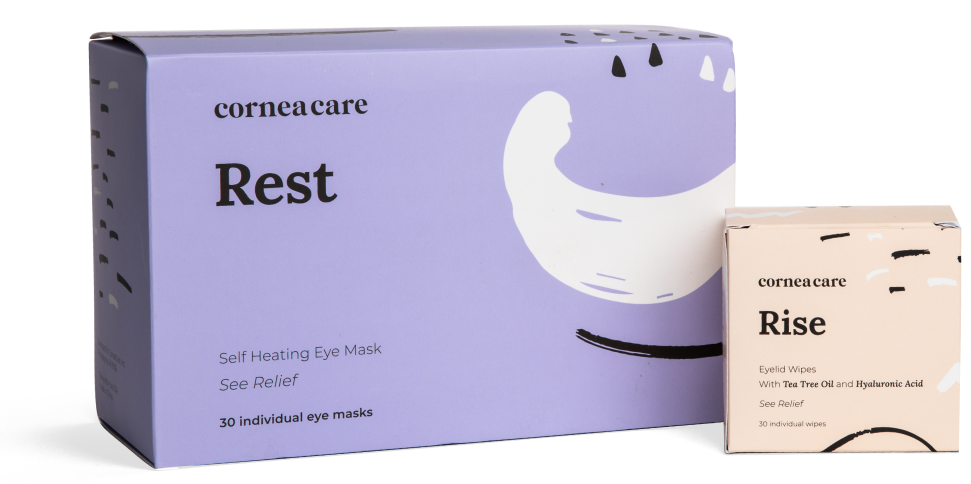
Foundation
Eyelid Hygiene Plan 2
Perfect for eye dryness, burning, itching, crusting/flaking of eyelashes and inflamed eyelids. Free shipping 📦.
Try today - $45
Refined carbohydrates
Refined carbohydrates, like white bread, sugary drinks, cookies, crackers, and candy, cause spikes in your blood sugar. These spikes contribute to health conditions like diabetes, heart disease, and even cancer.
Refined carbohydrates have a higher glycemic index, which measures how carbohydrates are metabolized in the body. A higher glycemic index means the carbohydrates are broken down too quickly in the body and cause rapid spikes in blood sugar. So what does this mean for the eyes? A study performed by Tufts University concluded that these refined carbohydrates damage the retina and the blood vessels around the eyes. Along with risk factors like age and smoking, that damage can lead to eye conditions such as glaucoma and AMD.⁷
While a carbohydrate-free diet may be impossible and unnecessary for most people, you can likely benefit from swapping out refined carbohydrates for more complex carbohydrates. Try adding whole-wheat bread, brown rice, and whole fruits and vegetables.
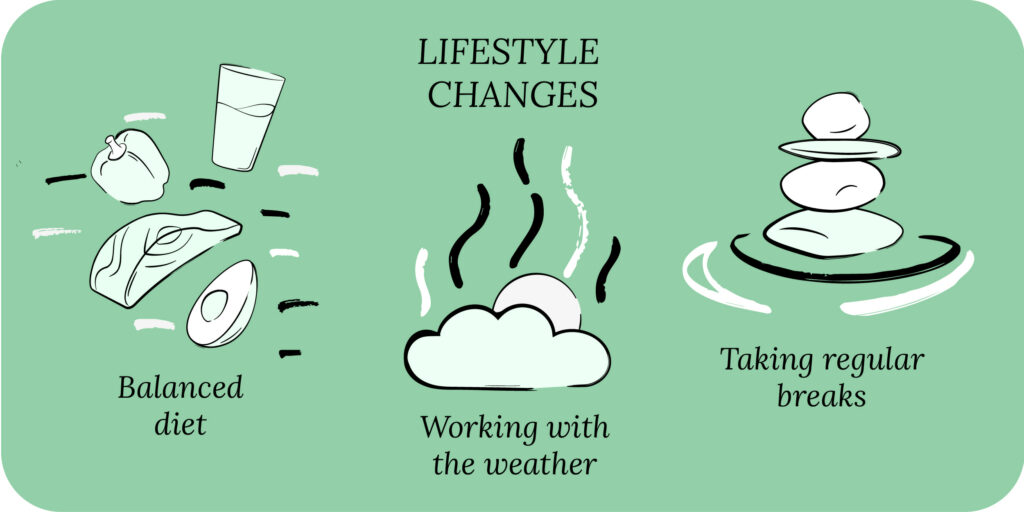
Worst Foods for Eyesight FAQ
Highly processed foods, especially those high in refined sugars and trans fats, are the worst for your eyes. One of the biggest offenders is soda. Diabetes and diabetic retinopathy are leading causes of vision loss. High sugar can cause blood sugar spikes that damage the tiny blood vessels in the retina over time. Fried foods and processed snacks with trans fats can accelerate macular degeneration by causing inflammation and oxidative stress in the eyes.
Blurry vision can come from high-sugar foods like white bread, pastries and candy that cause blood sugar fluctuations. Salty foods like chips and processed meats can cause dehydration and dry eyes. Alcohol can also cause temporary dehydration and eye muscle coordination issues. For diabetics, carb-heavy foods like pasta and rice can trigger diabetic-related eye issues causing blurry vision.
Nutrient dense foods support eye health. Leafy greens like spinach and kale have lutein and zeaxanthin to protect against macular degeneration. Fatty fish like salmon and tuna have omega-3s to reduce dry eye symptoms. Carrots and sweet potatoes have beta-carotene for night vision. Nuts and seeds have vitamin E to protect against oxidative stress. Oranges and lemons have vitamin C to keep blood vessels in the eyes healthy.
Putting It All Together
By now, you may realize that the worst foods for eyesight negatively impact your health overall. Because eye health and physical health are closely connected, this makes sense. What’s good for you is good for your eyes and vice versa.
When it comes to caring for your eyes, making simple nutritional swaps and lifestyle modifications and adhering to a daily eyelid hygiene routine may be all you need to keep your eyes healthy and safe for years to come.
What’s Next
Explore more ways to keep your eyes healthy in our Eye Health & Wellness blog.



